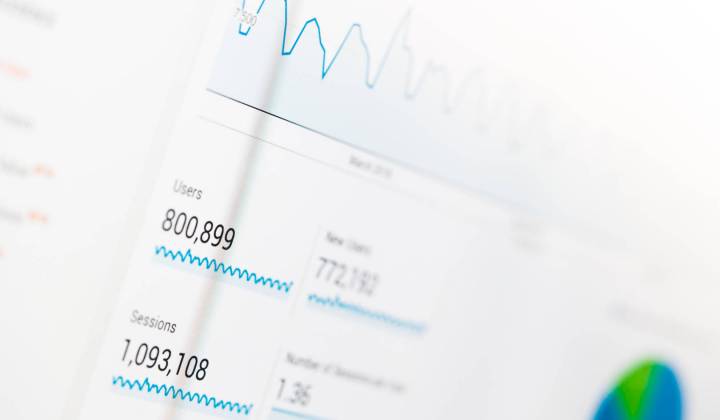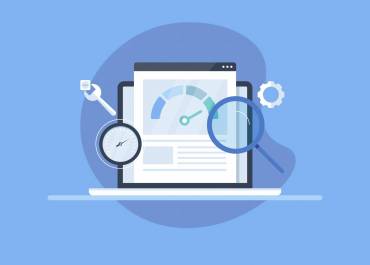What is SEO (Search Engine Optimization)?
SEO stands for “search engine optimization.” It is the process of getting traffic from the “free,” “organic,” “editorial” or “natural” search results on search engines.
There are various ways one can improve SEO, but I will be discussing 3 very easy improvements you can do right now.
1. Improve your website speed (Page Load Speed)
Users may leave your site if they have to wait even just an extra few seconds for each page to load. That would hurt your dwell time, increase your bounce rate and reduce the number of pages viewed – all of which could hurt your SEO ranking.
One of Google’s largest points of emphasis is page speed. An understanding of how networking impacts page speed is a must to be effective in search engine optimization. We’ve moved over to using HTTP/2 and I encourage you to read up on it. This will make a dramatic contribution to page speed.
There are many ways to increase page load speed, some of which include using a caching plug-in, optimizing image sizes, reducing the number of plug-ins, and minimizing redirects.
2. Make use of the correct header tags
Good formatting of your content helps improve the user experience of your website tremendously. It makes readers more willing to spend time to read your content and come back for more, which will ultimately signal your relevancy to search engines.
Proper use of header tags can help break up your content into sections that are easier to read and utilize.
It’s easy to insert header tags in WordPress to improve user experience and improve SEO ranking of your website.
Essentially, it will look like this:
- H1: Headline of the Blog Post Here
- Text enclosed in the <p> tag for paragraphs
- H2: Subheading for First Major Section
- Text enclosed in the <p> tag for paragraphs
- H3: Sub-subheading for the First Major Section, If applicable
- Text enclosed in the <p> tag for paragraphs
Search engines also rate keywords in header tags more heavily. By including relevant terms in your header tags, you are also boosting your SEO ranking against those keywords.
3. Formatting your posts to read better
Proper formatting and a user-friendly layout can help improve user experience and make your content easy to scan and digest, so your readers will stay on your site longer and consume your website’s information.
Formatting can help dramatically improve usability by making the content easy to read:
- Use font size and typography that are easy to read.
- Use bold type and colors – sparingly and strategically – to call out important information and make the content easy to scan.
- Use short paragraphs and ample line spacing in between – nobody likes a wall of text.
- Use bulleted or numbered lists for clarity.
Don’t get lured into just comparing numbers – such as visitor numbers and page views. Traffic from SEO may give you higher numbers in the short term, but better user experience can often result in higher conversions.
In the long run, with an eye on conversion and ultimately revenue, it’s often a smart move to prioritize user experience instead of milking every last SEO trick.
If you need any help with SEO on your Website, please get in touch with CreateWP.



